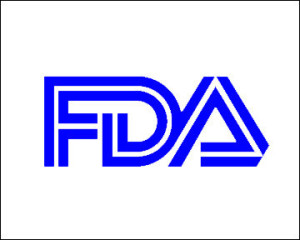The FDA offered up an early retrospective of the 2014 year of approvals Friday with a rundown the regulator feels pretty good about. “Our Center for Drug Evaluation and Research (CDER) has so far approved 35 novel drugs in 2014 compared to 27 in 2013,” FDA commissioner Margaret Hamburg wrote on the agency’s FDA Voice blog.
The approval pattern for the year — with a few weeks to go — shakes out as follows:
- 15 of this year’s approved new molecular entities were for orphan drugs, the highest number since the Orphan Drug Act passed in 1983.
- The FDA approved almost 75% of novel drugs after one review cycle
- 57% of the approved drugs had Priority Review tags, speeding up the approval process
- 37% of novel drugs were on the Fast Track review route
Although drugmakers flooded the agency with Breakthrough Therapy designation requests for cancer medications, followed by hematology and neurology drugs, the labels granted were a bit of an inverse, with hematology scoring more of these designations than oncology. Neurology, which comprised 11% of breakthrough requests, tied with oncology, accounting for 21% of granted breakthrough designations.
The agency noted that the numbers of Breakthrough Therapy designation requests “have exceeded expectations,” and that the 2012 Food and Drug Administration Safety Innovation Act, which created the expedited review process did so without increasing resources. The regulator noted in the 2014 summary that it is trying to keep pace with the accelerated review that accompanies these designations with a minimum impact on other programs.
Lack of additional resources were not among the reasons the regulator cited for rejecting breakthrough status requests. Instead, the FDA cited more back-end reasons, including a lack of clinical trial data, information that is “too preliminary to be considered reliable,” and a failure to show that the drug being contemplated provides a “substantial” improvement over what is already on the market.
The agency noted it clocked a shorter median approval time for expedited drugs, at 6.5 months in 2014 compared to 7.9 months in 2013. This reflects more of a yo-yo, than part of a continuous downward trend: the most recent low was 5.8 months in 2011, which was a significant drop from the median 9 months it took priority drugs to clear the agency four years ago.
What’s missing in these numbers is some of the drama behind them. Janssen’s chronic lymphocytic leukemia and mantle cell lymphoma drug Imbruvica, for example, seemed to have the spotlight for a very brief period, only to have AbbVie announce last week that it may be ready to file a competitor in the leukemia space next year.
Similarly, Roche landed an approval for its breakthrough drug Esbriet (pirfenidone), for idiopathic pulmonary fibrosis the very same day the FDA approved Boehringer Ingelheim’s breakthrough IPF drug Ofev (ninedanib), ratcheting up the tension in the first-to-market race.
This echoes the short-lived stardom of Merck’s Keytruda (pembrolizumab), which made history for being US’s first-in-class approved PD-1 inhibitor with a melanoma indication, only to be chased by Bristol-Myers Squibb’s Opdivo (nivolumab) which is seeking a melanoma indication. These two drugs are also poised to compete in other indications, such as Hodgkin’s lymphoma, for which drugmakers revealed Phase I data earlier this month.








